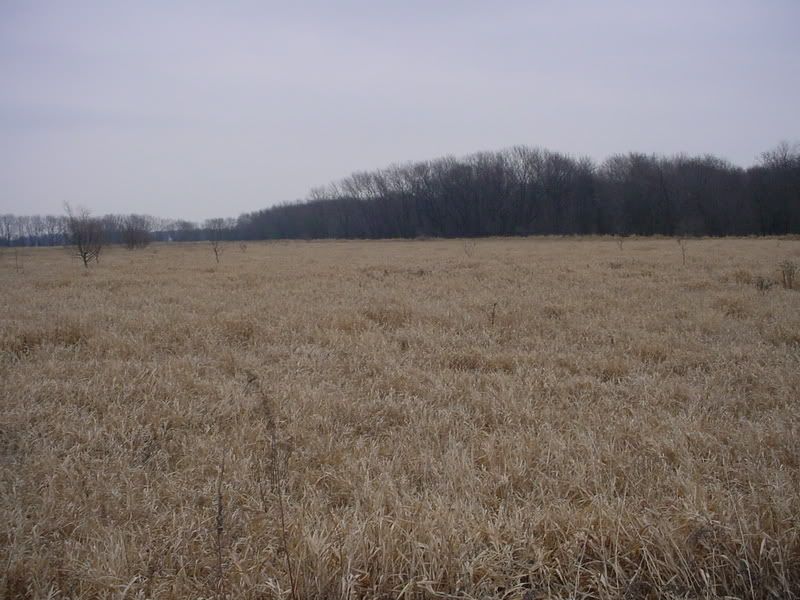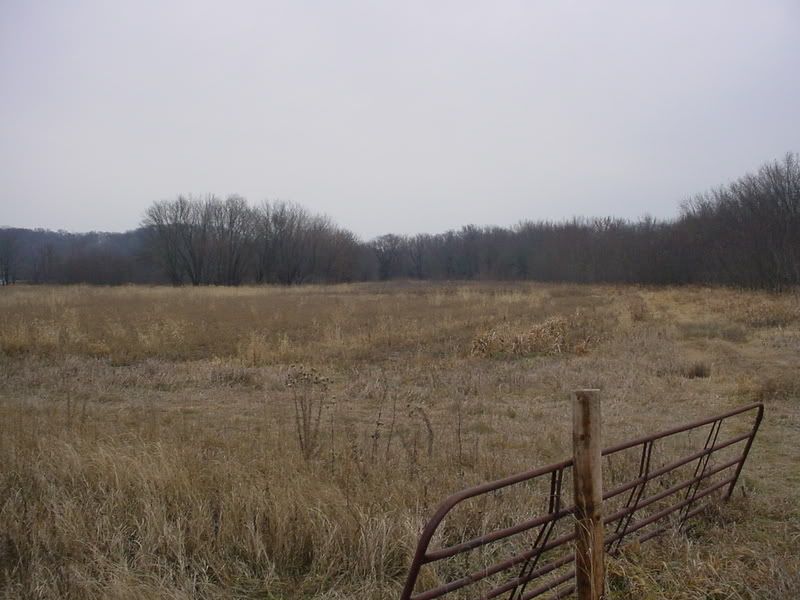baggin_bucks
Active Member
I have canary grass covering almost all of my bottom ground that is not timber. I would love to get a stand of NWSG in it's place but don't know if it would be a waste of time/money considering how invasive the canary grass is. I do have one small section of about 5 acres that was brome earlier this year. I killed the brome and planted RR beans and was able to keep vegitation to a minimum with round up. This area should work out good for drilling or broadcasting the seed without much competition. I have enclosed a few pictures to show what I'am up against.
Here is the stand of canary that I would like to get rid of.

The second pic is of the 5 acres of beans. The bean stalks are only about 12 inches tall but the whole 5 acres is pretty much weed free except for some small areas of fox tail. Can a guy just broadcast the NWSG seed into the unharvested beans?

Feel free to give me your input. I kind of know what I want/need to do but not quite sure on how to go about it.
Here is the stand of canary that I would like to get rid of.

The second pic is of the 5 acres of beans. The bean stalks are only about 12 inches tall but the whole 5 acres is pretty much weed free except for some small areas of fox tail. Can a guy just broadcast the NWSG seed into the unharvested beans?

Feel free to give me your input. I kind of know what I want/need to do but not quite sure on how to go about it.













